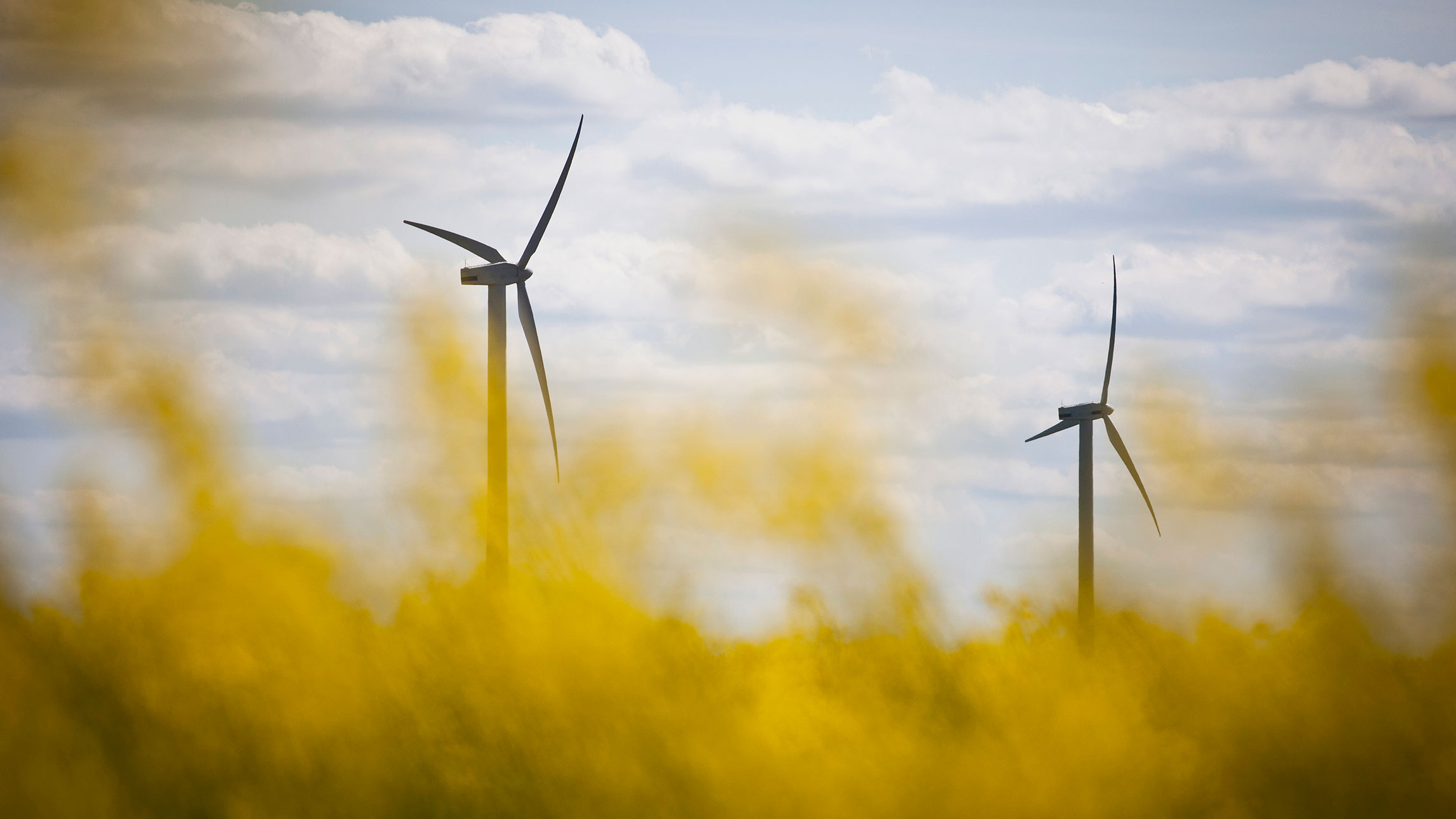Climate impact
Denmark already produces 39% of its power from wind, and Brazil has rapidly increased wind power generation to 5 terawatt hours (TWh) a year. This has resulted in annual emission savings of 8.6 Mt in Denmark and 1.1 Mt in Brazil, a country which already has a relatively low-carbon electric mix.
Denmark’s relative level of wind power generation can be scaled up to high and upper middle-income countries and Brazil’s level to lower-income countries. In total, this would reduce global annual emissions by 730-1,310 Mt in 2030.

Success factors
Denmark started using wind power in the 1980s. Today, the state supports onshore wind power through a feed-in tariff. This bonus is capped, based on the wholesale power price.
Denmark has set ambitious targets for low-carbon electricity, thus giving a clear signal to investors. The country aims to derive half of all its electricity from wind by 2020. By 2035, all power and heat should be from renewable sources.
Since 2005, Brazil has used auctions to commission a total of 72 GW of new power capacity, with three quarters coming from renewable energy sources. Contracts are designed to encourage diversification among renewables and attract additional technologies besides hydropower.
While Denmark has relied mostly on tariffs and Brazil on auctions, other countries have successfully used a range of other measures. For example in the US, renewable portfolio standards (RPS) and a federal production tax credit (PTC) have driven the wind power market, whereas Sweden has relied on green certificates.
Costs
Earlier McKinsey abatement cost estimates give reducing emissions with wind power a range of 22-32 $/tCO2e. As scaling up wind power in this analysis results in very rapid deployment, it is plausible that costs would decline faster. To factor in the likely range, we use the McKinsey cost figures as a maximum and savings of –$22–32 per tonne of CO2 as minimum.
The range results in large differences in total costs. Scaling up wind power globally can therefore cost from $16 to $42 billion annually in 2030 or it can yield equally large annual savings, depending on the price difference between wind and conventional power.

Co-benefits
Denmark is transitioning to 100% renewable energy by 2050, where wind power will play a crucial part. This transition is expected to create at least 30,000 to 40,000 new jobs. In Brazil, it is estimated that the wind power industry will employ around 90,000 people in 2016.
Among other co-benefits, increasing the share of wind power can make a country less dependent on energy imports and less vulnerable to fuel price fluctuations. Wind power supports incomes for landowners. Replacing fossil fuels also reduces air pollution.
Barriers and drivers
- Public attitudes towards wind power are generally positive, but there can be local opposition, for example based on visual impacts and noise. The Danish Renewable Energy Act includes four provisions for promoting local acceptance:
- Funds to early project planning by local wind turbine owners;
- Mandatory auctioning of at least 20% of wind power project ownership to local people;
- Full compensation for loss of property value;
- Funds to enhance local scenic and recreational values, such as nature restoration projects.
- Transmission infrastructure must be built or strengthened to connect wind parks to the transmission and distribution network.
- Electricity system operation requires a well-functioning power market with accurate forecasts, adequate balancing capacity from other electricity sources and demand-side management to meet demand at all times.
- In the past, some incentive schemes have turned out fairly expensive. However, falling wind power prices make the technology increasingly competitive, with fewer – if any – subsidies needed.
















RELATED SOLUTIONS